
by Guest | May 15, 2016 | Being Well
If you quit smoking right now…
Within 20 minutes: Your heart rate and blood pressure drop.1
Within 12 hours: The carbon monoxide level in your blood drops to normal.2
Within 3 months: Your circulation and lung function improves.3
Within 9 months: You will cough less and breathe easier.4
After 1 year: Your risk of coronary heart disease is cut in half.5
After 5 years: Your risk of cancer of the mouth, throat, esophagus, and bladder are cut in half. Your risk of cervical cancer and stroke return to normal after 5 years.6
After 10 years: You are half as likely to die from lung cancer. Your risk of larynx or pancreatic cancer decreases.7
After 15 years: Your risk of coronary heart disease is the same as a non-smoker’s.8
Sources
- Effect of smoking on arterial stiffness and pulse pressure amplification, Mahmud A, Feely J. Hypertension. 2003:41:183
- US Surgeon General’s Report, 1988, p. 202
- US Surgeon General’s Report, 1990, pp.193, 194,196, 285, 323
- US Surgeon General’s Report, 1990, pp. 285-287, 304
- US Surgeon General’s Report, 2010, p. 359
- A Report of the Surgeon General: How Tobacco Smoke Causes Disease – The Biology and Behavioral Basis for Smoking-Attributable Disease Fact Sheet, 2010; and Tobacco Control: Reversal of Risk After Quitting Smoking. IARC Handbooks of Cancer Prevention, Vol. 11. 2007, p 341
- A Report of the Surgeon General: How Tobacco Smoke Causes Disease – The Biology and Behavioral Basis for Smoking-Attributable Disease Fact Sheet, 2010; and US Surgeon General’s Report, 1990, pp. vi, 155, 165
- Tobacco Control: Reversal of Risk After Quitting Smoking. IARC Handbooks of Cancer Prevention, Vol. 11. 2007. p 11
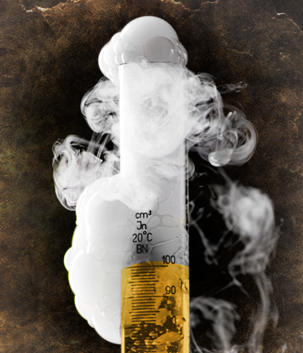
by Guest | May 15, 2016 | Being Well
By DeAnna Pearl, M.A.T., B.S.
Certified Prevention Specialist
CBS Evening News – Date line April 21, 2015 “Chimp Can’t Kick Cigs”
Sounds unreal right? An adult chimpanzee is getting sicker and sicker from smoking cigarettes that are thrown in his habitat in a South African zoo. Pets are at the same risk in the homes of smokers, occasional smokers and former smokers homes.
Fluffy and Rover smoking cigarettes? No. The danger is the accumulation of second hand smoke, ash and dust that holds up to 4000 chemicals. This dust and ash land on furniture and floors. “Exposure levels in cats continuously kept indoors may actually be higher than those of human household members, who often spend extended periods of time outside their homes,” reported in Science Daily. “Cats become exposed by inhaling the smoke or by digesting it when they groom themselves and lick particulate matter off their fur.” Further, “Cats living in household in which a pack or more of cigarettes was smoked per day had 3X’s the increased risk compared with cats with no household exposure.” A study reported in the Aug. 1 American Journal of Epidemiology.
Dogs living in a smoking household have a 60% risk of getting lung cancer. Nicotine is a highly toxic chemical. Some pets may suffer the effects of nicotine poisoning when exposed to high concentrations. Respiratory illnesses such as asthma, bronchitis, and collapsing trachea are the most common possible causes of chronic cough in dogs. The constant irritation eventually causes the trachea to lose its round open shape. It begins to collapse resulting in even more coughing and eventually death. Author: Marilyn Pokorney 3/5/05.
Good News! According to the Siletz Community Health Clinic, there has been a 40% reduction of second hand smoke exposure to children and youth. A survey of all patients using the clinic, since 2003, there has been a dramatic reduction of ETS exposure and climbing. This includes less exposure to indoor pets as well. We should celebrate the efforts of contentious smokers, non-smoking family members who encourage people to smoke outside the home and car.
Bad New! There is still a large number of smokers between the ages of 18 and 64 who are smoking according to the SCHC survey. Adults who smoke are role modeling unhealthy practices for young people to follow. Much like the monkey in South African zoo, mimicking is the number one way of learning. So if you believe, Monkey See Monkey Do, you can make a difference in a child and pet’s life by quitting today.
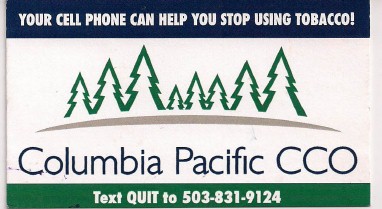
by Guest | May 15, 2016 | Being Well
If you are ready to quit using tobacco or nicotine products, there is a new text message program that provides support.
Through the Year of Wellness, the Columbia Pacific Coordinated Care Organization, and its partner organizations, CareMessage is offered free to residents of Clatsop, Tillamook and Columbia counties. Tobacco cessation is one of the focus areas for the Year of Wellness, and research supports the use of the text messaging to assist those ready to quit tobacco and vaping products.
“Smoking and tobacco use in the three counties served by our Coordinated Care Organization is among the highest in the state,” says Safina Koreishi, MD, medical director for Columbia Pacific CCO.
Quitting tobacco is the No. 1 thing you can do to improve your health.
The 26-week program is based on best practices from the American Lung Association. Quitting tobacco is very difficult. It is highly recommend trying the texting program in conjunction with other cessation aids from the CCO, your health care provider or the Oregon Quit Line.
The program is free and participants can sign up or stop it at any time.
Participants receive three to five texts a week that will walk them through the quit process. The only registration required is age, sex and zip code.
The texts help identify triggers and the best way to get through cravings.
The service is free, but standard text messaging rates apply. People can enroll in the program by texting QUIT to 503-831-9124 and following the prompts.
Oregon Health Plan members of Columbia Pacific CCO also qualify for a variety of other free services to help them stop using tobacco, including counseling, supports and prescription medications. Members may qualify for a free cell phone with text messaging capability through the federal SafeLink program. Details on how to apply for a SafeLink phone can be found on the Columbia Pacific CCO website at www.colpachealth.org.
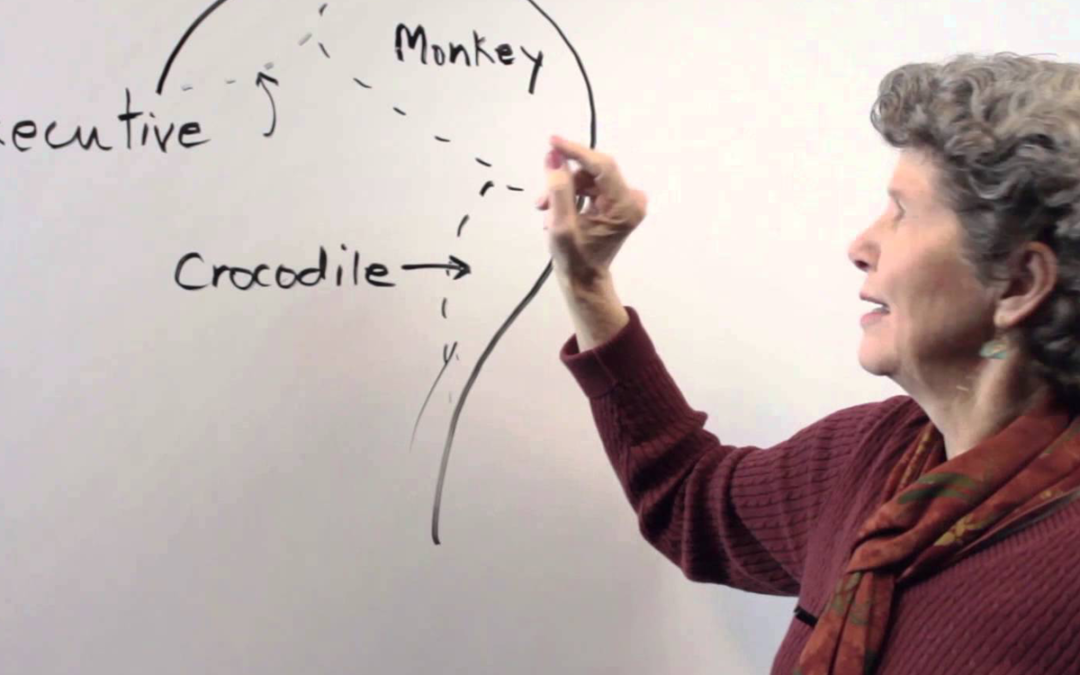
by Guest | May 7, 2016 | Being Well, Work Well
By Rea Scovill, Ph.D.
We’ve come a long way since 1956, when a famous Chicago psychiatrist told our kind and loving neighbor with firm authority that her son’s autism was caused by her being a cold “refrigerator” mother. Many professionals show more humility about such things now that scientists can view different brains at work with instruments like functional MRIs. Before teaching about particular personalities and behavior, they offer a disclaimer like “We’re in the infancy of understanding the human brain.” Now they’re likely to caution us not to blame parents for all their children’s problems. They also encourage us to try to understand and support, or just accept people whose behavior is different from what we expect (unless it’s abusive).
Science has also made progress in defining how our brains benefit from physical care, like good nutrition, adequate sleep, plenty of exercise and reasonable stress levels. To attain physical fitness, many enjoy wearing special, attractive clothes to go work out at the gym, ride a bike or attend an aerobics class. Hoping to improve brain fitness, people are having fun with lumosity.com and other game-like activities. Physical fitness of all kinds is considered cool and sexy.
Until we approach mental fitness with the same open and positive mind as physical fitness, it’ll remain in the shadows where shame and blame rule. Like physical fitness, mental fitness can only be built when our bodies are rested and healthy enough to support the organs involved. Like physical health, mental health is something we’d like to take for granted. But to prevent, cope with and overcome problems during our lives, we’re wise to seek fitness for both. With mental fitness people can express their most capable, confident and compassionate selves. They find ways to remain optimistic and positive and all this makes them “sizzle” with life.
Isaac Asimov (author and professor of biochemistry at Boston University) wrote: “The saddest thing in life today is that science gathers knowledge faster than society gathers wisdom.” YOW is tackling this problem, helping us here in Tillamook County gather wisdom for how to manage better both our physical and mental health. For our YOW focus in May on “Healthy Minds” there’ll be many opportunities to learn skills that’ll help you build mental as well as physical fitness. Check these out on the YOW calendar at www.tillamookcountyhealthmatters.com. YOW will also begin offering articles with tips and concepts to help you understand how to take charge and pursue mental fitness.
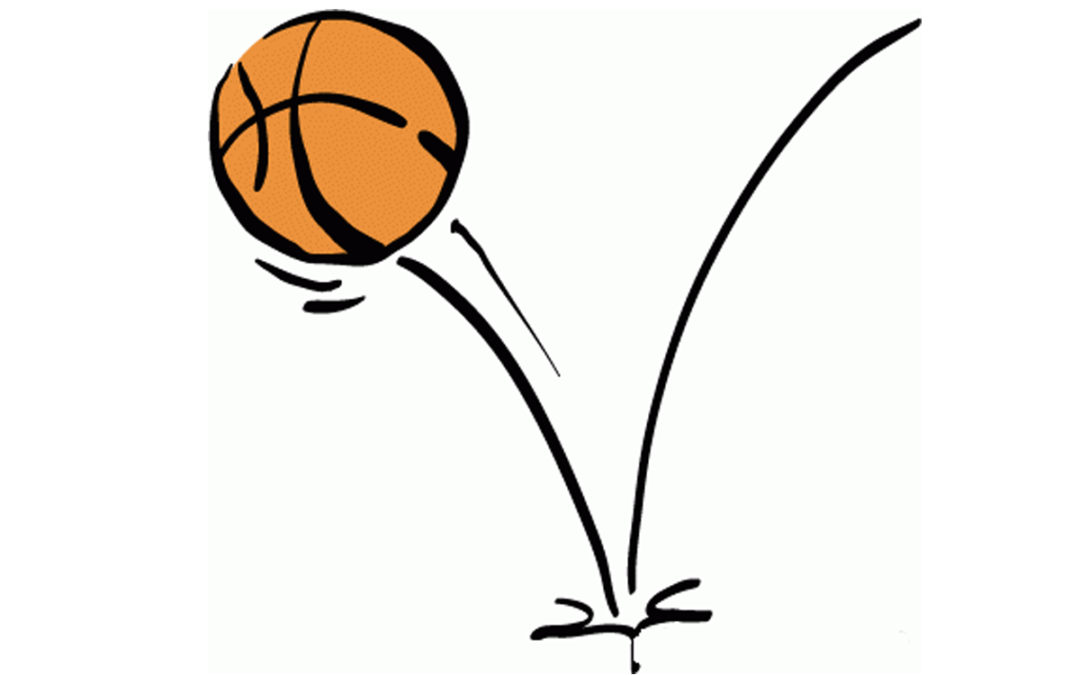
by Guest | May 1, 2016 | Being Well, Work Well
By DeAnna Pearl, Tillamook County Prevention Coordinator, Tillamook Family Counseling Center
What does it take to build resiliency in ourselves? What is resiliency? The official definition is the ability to overcome challenges of all kinds–trauma, tragedy, personal crises, plain ole life problems–and bounce back stronger, wiser, and more personally powerful.
It’s important because this is what we need to do when faced with life’s inevitable difficulties. AND it’s important because there is a growing body of social science research that explains how you can you bounce back, even from a lifetime of “risk factors” or very painful trauma or tragedy, and how can you help those you care about bounce back.
Can individuals learn to be more resilient, or are some just born with the ability to bounce back from adversity? Both! Research suggests that human beings are born with an innate self-righting ability, which can be helped or hindered. Their findings are fueling a major shift in thinking about human development.
Instead of obsessing about problems and weaknesses (splat factor) to recognizing “the power of the positive” (bounce factor). Identifying and building individual and environmental strengths better support helping people overcome difficulties, achieve happiness, and attain life success.
There are five key supports that are essential to support and build resiliency:
- Having caring adults around;
- Providing safe places;
- Include a healthy start and healthy development;
- Effective education;
- Opportunity to help others through service.
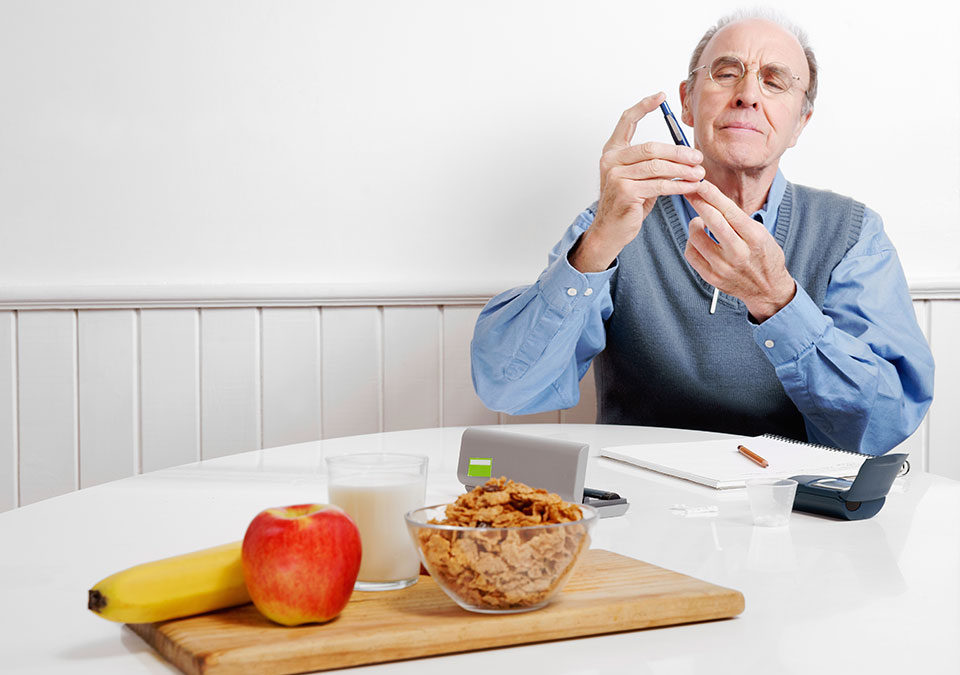
by Guest | Feb 8, 2016 | Being Well
By Stacie Zuercher, NW Senior & Disability Services
Earlier this month, Northwest Senior and Disability Services in partnership with the Year of Wellness, began its year long journey to institute healthy changes that directly impact individuals at risk for diabetes by starting a “Prediabetes Prevention Program (DPP)” in Tillamook.
What does it mean to have prediabetes?
- Someone with prediabetes has higher than normal blood glucose (sugar) levels, but has not reached a diabetes diagnosis.
Why is it important to detect prediabetes?
- Prediabetes increases your risk of type 2 diabetes, heart disease and stroke.
- 86 million Americans have prediabetes – that’s one in every three adults!
- 9 out of 10 people with prediabetes, don’t know they have it.
- Up to 30% of people with prediabetes will develop type 2 diabetes within 5 years.
If you believe you could be at risk for prediabetes try the following;
- Talk with your doctor about whether or not you’re at risk for prediabetes.
- Take the prediabetes risk quiz at http://www.cdc.gov/diabetes/prevention.
- Contact Stacie Zuercher at Northwest Senior and Disability Services for more information and resources at 503-842-2770.
References: About Prediabetes & Type 2 Diabetes. (2016). Retrieved January 24, 2016, from
www.cdc.gov/diabetes/prevention/prediabetes-type2/
There are many classes and resources available to help individuals manage Type 2 Diabetes. Check our Events page for a list of offerings.






